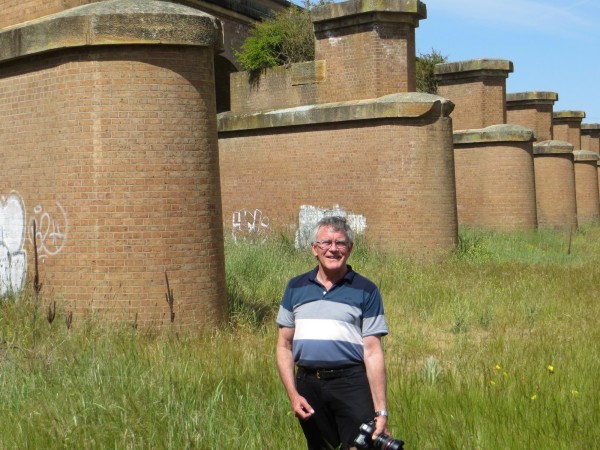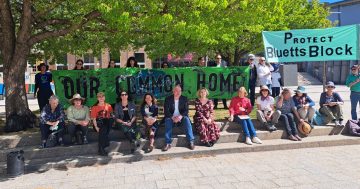
ACT Heritage Minister Rebecca Vassarotti has acted on her word and disbanded the entire ACT Heritage Council. Photo: Region.
Heritage Minister Rebecca Vassarotti has done as she threatened to do last week (29 November) and disbanded the entire ACT Heritage Council.
She has also committed to undertaking a comprehensive reform of heritage in the ACT.
Several members had already begun resigning from their roles after Ms Vassarotti’s warnings last week and the positions of the remaining members have now been suspended.
Concerns about a deteriorating workplace and the council holding up work came to light in August, and the council’s work was suspended with an urgent review ordered.
Last week, a “saddened and disappointed” Heritage Minister confirmed that the review had discovered the structural and governance issues which had been suspected.
The summary of the review, which is the only part that has been made public, from consultancy firm Nous described strained relationships between the council and government staff. It confirmed the two sides were frustrated with progress and unable to work alongside each other.
In a statement, Ms Vassarotti described the dissolution as a “difficult decision to take”.
“As Canberra continues to grow, the community and the government now more than ever require well-functioning heritage arrangements to ensure that the ACT’s natural, cultural and First Nations heritage are recognised and conserved for future generations,” she said.
“I want to ensure that the future framework presents the best way forward not only for the Heritage Council, for our government officials and for Canberrans.”
A “large-scale review” has begun into how the ACT Government works with heritage, including both the workings of ACT Heritage and the structure and statutory functions of the Heritage Council under the Heritage Act 2004. (ACT Heritage provides administrative support to the council and advice to the Minister for Planning about the range of heritage matters for which they are responsible.)
It will look at the legislative framework and the systems that support their work.
Ms Vassarotti said the review would be a priority for her over the next 12 months.
“This will commence with a jurisdictional review, which will begin shortly and will examine how heritage matters are dealt with across the country and the role of council equivalents. Of critical importance for me through this review is enhancing protections for First Nations heritage,” she said.

Former chair of the ACT Heritage Council David Flannery, said his time on the council had been a “personal learning experience”. Photo: File.
The former head of the ACT Heritage Council David Flannery wouldn’t comment on the current saga unfolding with the council when approached by Region this week.
He left that position in 2021, but he echoed the sentiment expressed by the Heritage Minister, saying his time on the council had been a “personal learning experience” in regard to the extent of Aboriginal history and culture in the ACT.
“It was a real eye-opener to learn how significant the impact of Aboriginal peoples over tens of thousands of years – some say 20,000 years in this particular area – that was nothing short of mind-blowing.
“We need to continue … [with] the protection of Aboriginal places and objects.”
An ACT Legislative Assembly inquiry was also announced into the Territory’s heritage arrangements earlier this week.
Ms Vassarotti will appoint an interim Heritage Council early in the new year once the necessary recruitment process has occurred.
“The functions of the interim Heritage Council will continue to deliver their responsibilities under legislation, including their ability to accept heritage nominations and formally register places/items as outlined in the Heritage Act 2004,” she said.
“The interim Heritage Council will also play a key role in providing expert advice to support the review.”
Recruitment for those positions will open in the coming weeks and that council is expected to be in place for no less than 12 months while the review is conducted and any recommendations or changes are put into place.
Ms Vassarotti thanked Heritage Council members and ACT Government officials who were involved in the initial review for their time and transparency around the issues presented.
That initial review has not been released as it’s understood to contain sensitive information related to individual-level incidents.



















